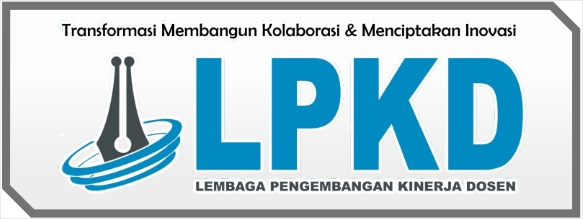Hubungan Intensitas Kebisingan Dengan Kelelahan Kerja Pada Pekerja di Pabrik Kelapa Sawit (PKS) PT. X Rokan Hulu
DOI:
https://doi.org/10.57213/tjghpsr.v1i3.203Keywords:
Noise intensity, work fatigue, palm oil mill workersAbstract
Background: Fatigue is a process of decreased work performance, work efficiency, and reduced physical strength or endurance to continue activities or work. Data from the International Labor Organization (ILO) in 2012 states that every year 2.3 million people die due to disease or work accidents. In a day there are 847 cases of work accidents, of which around 36% of work accidents that occur are caused by fatigue. Several factors cause fatigue, including environmental factors, namely noise and lighting. The impacts of work fatigue include decreased motivation, and performance, low productivity, work errors, work-related illnesses, and work accidents. Based on initial information from several workers at POM PT. X, it is known that some workers claim to be tired at work. Objective: To determine the relationship between noise intensity and work fatigue in workers at POM PT. X Rokan Hulu 2020.Method: Analytical observational research with a cross-sectional approach, sample of 135 people. The sampling technique was carried out by total sampling which was tested statistically using the chi-square test. Results: There is a relationship between noise intensity and work fatigue (p-value = 0.022).
References
S. Wignjosoebroto, Ergonomi, Studi Gerak dan Waktu. Teknik Analisis untuk Peningkatan Produktivitas Kerja. surabaya: pt guna wadya, 2009.
Tarwaka, Ergonomi Industri (Dasardasar Pengetahuan Ergonomi dan Aplikasi di Tempat Kerja). Surakarta: Harapan Press, 2015.
L. Setyawati, Selintas tentang Kelelahan Kerja. Yogyakarta: Amara Books, 2013.
M. Juliana, A. Camelia, and A. Rahmiwati, “Analisis Faktor Risiko Kelelahan Kerja pada Karyawan Bagian Produksi pt. Arwana Anugrah Keramik, Tbk,” J. Ilmu Kesehat. Masy., vol. 9, no. 1, pp. 53–63, 2018, doi: https://doi.org/10.26553/jikm.2018.9.1.53-63.
L. Setyawati, selintas tentang kelelahan kerja. yogyakarta: amara books, 2013.
Suma’mur, Higiene Perusahan dan kesehatan Kerja. Jakarta: Cv Masa Agung, 2009.
Tarwaka, S. H. A. Bakri, and L. Sudiajeng, Ergonomi Untuk
Keselamatan, Kesehatan Kerja dan Produktivitas. Surakarta: UNIBA PRESS, 2004.
D. Kurniawan, R. Yuliawati, and K. Aulia, “Hubungan antara Intensitas Kebisingan dengan Kelelahan Kerja Bagian Pabrik di PT . X Correlation Between Noise Intensity and Work Fatigue on the Factory Workforces in PT . X,” Promot. J. Kesehat. Masy., vol. 10, no. 1, pp. 54–61, 2020.
Putri Zudhah Ferryka, “hubungan kebisingan dengan kelelahan kerja di penggilingan padi makmur desa munggur kecamatan mojogedang karanganyar,” 2010.
M. G. Saragih, “Hubungan Bising dengan Kelelahan Kerja pada Pekerja Pabrik Pengolahan Kelapa Sawit di PT Perkebunan Nusantara II Kebun Sawit Seberang Kabupaten Langkat Sumatera Utara Tahun 2017,” Skripsi Univ. Sumatra Utara, 2018.
I. M. Ramdan, “Dampak Giliran Kerja, Suhu dan Kebisingan terhadap Perasaan
Kelelahan Kerja di PT LJP Provinsi Kalimantan Timur,” Indones. J. Public Heal., vol. 4, no. 1, pp. 8–13, 2007, [Online]. Available: https://www.neliti.com/id/publications/3 874/dampak-giliran-kerja-suhu-dankebisingan-terhadap-perasaankelelahan-kerja-di-pt.
Suma’mur, Higiene Perusahaan Dan Kesehatan Kerja (HIPERKES). 2013.
N. Triyunita, Ekawati, and D. Lestantyo, “hubungan beban kerja fisik, kebisingan dan faktor individu dengan kelelahan pekerja bagian weaving pt.x batang,” J. Kesehat. Masy., vol. 2, April, 2013.













